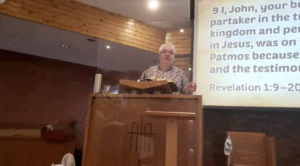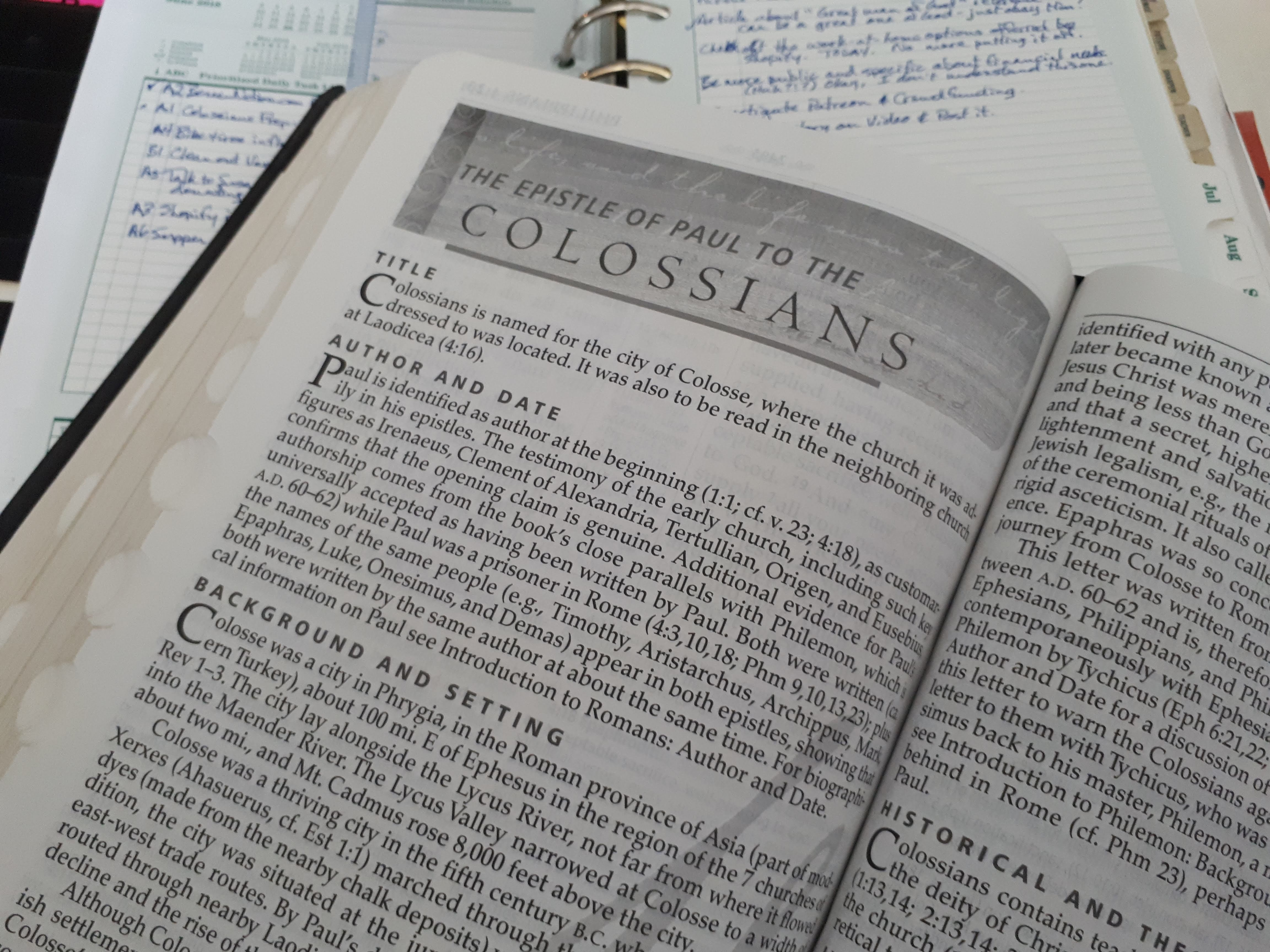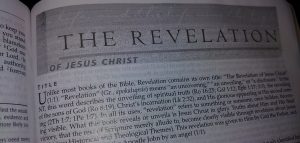Revelation 2 and 3 Introduction
Welcome back to our study in the book of Revelation! The next section of the book encompasses chapters 2 and 3, and before we begin looking at them in detail, I want to cover off some things that are important in the study of the Bible in general.
The first of these things is that there is a very contentious debate about an event that John terms “harpazo,” or the Rapture, a calling out of the church from the world into Heaven to be with Jesus there. This is part of a larger doctrine on Millenialism, or what you consider to be the details of the Millenial reign of Christ on Earth. There are three essential positions on this that are diagrammed below:

Let’s discuss the views in a little detail. As we go, I will give my own thoughts, but I will identify what I believe at the end and why I believe it.
Amillenialism is a Latin term meaning “no millennium. This view holds that there is no millennial reign of Christ on Earth. This view was started by an early church father by the name of Origen, and seized upon by Augustine and developed into a more allegorical understanding. Their thinking is that Christ will come to rule in the hearts of men and that most things in Scripture should be taken allegorically, and given only spiritual application. I personally don’t hold this view because of some of the clear contradictions or other difficulties it presents when trying to understand the scriptures and what they say and mean.
Post-millenialism is the view that the 1000-year reign of Christ on Earth has already begun. This view, which was popular around the turn of the 20th century, has all but died out, because the 20th century was one of the bloodiest periods of human history. There were two world wars and at least 13 major conflicts, all of which cost casualties in the tens if not hundreds of thousands. Every hundred years or so, it pops up, but it seems to go almost as quickly as it arises. Because Revelation 20:2 states that Satan is bound at the beginning of the 1000-year period, and if that is so, then several commentators point out that “his chain is too long.”
Pre-millenialism is the view that this 1000-year reign of Christ is a future event. This view has three (or four perhaps) sub-groups that sort themselves out on what the Scriptures call the “harpazo,” or the Rapture, the calling out of the church from the Earth to be with the Lord in Heaven. The first of these is what is known as the Pre-tribulation rapture, that this “harpazo” will occur for the church before the beginning of the 70th week of Daniel, or the events described beginning in verse 6 of Revelation. The second is Mid-tribulation rapture (or a variant of this position referred to as the Pre-Wrath rapture postulated by Marvin Rosenthal in his book The Pre-Wrath Rapture of the Church), which states that this will occur about halfway through the 70th week, but either before the so-named “Great Tribulation” or at least before the actual judgements of God’s Wrath, signified in Revelation by the Bowl or Censer judgements. The final position is the Post-tribulation rapture, and as you would expect, it happens at the end of the 70th week of Daniel, or after the seven bowl judgements.
If you will look at the arrows on the bottom that go either right or left, that is meant to indicate that where you fall on the scale of hermeneutics, or Biblical exegesis, will place you on a particular part of the diagram. If you are softer on Biblical interpretation, that is if you view things more allegorically, you are likely to be toward the amillenial view, and if you take a more literal interpretation of Scripture, you will more likely move toward the pre-millenial position. Once you have decided that, you can pick which version of the harpazo suits your position best.
Where do I fall on this you ask? I’m definitely more literal than allegorical in interpretation, so I think there are literal aspects of the coming 1000 years that the amillenialists and post-millenialists have difficulty accounting for in their positions (like Satan being bound at the beginning of the 1000 years for starters). As for my views on the Rapture, I am less decided. I have heard the arguments for all three positions, but I am more drawn toward the pre-tribulation position for a number of reasons. I will try to express those things as we go through the study. I have gone back and forth between this and the pre-wrath positions for a number of years. (I very much respect all the work that Mr. Rosenthal put into his book, and I have read it.) At present, I lean more towards pre-tribulation harpazo because of what it says in 2 Thessalonians 2:7, where it talks about the “one who restrains,” and I believe that to be the Holy Spirit through the body of Christ, the church. Another interesting thought – in Chapter 1 of Revelation, Christ is walking on in the midst of the Lamp stands, and these according to Chapters 2 and 3 of Revelation, are on the Earth. Yet in Chapter 4, we find them in Heaven around the throne of God. There are other reasons, but those are two pretty major ones. These thoughts are my own understanding, and they may not be yours. I would encourage you to share your ideas with me so we can be like our Berean counterparts and examine the Scriptures to see what is so.
As we read the rest of the book, we should be aware that there is more than one level that is being addressed in the passages of Revelation 2 and 3. I am aware of four, though there may be others.
1. Needs of the local church addressed
2. Needs of ALL the churches addressed
3. Needs of all believers addressed
4. Prophetic issues addressed
As we proceed with each letter, I will do my best to point some of this out. Something that I found useful was making a spreadsheet (I used Excel, there are good free ones available) to keep track of some key areas and comments on each of the seven churches in one place. Doing so helped me to realize that there were some patterns that might be important. Each letter to each church has several things that are important to read. Those are:
1. The Name of the Church and the meaning of that Name
2. How Christ identifies Himself to the church
3. The commendations that Christ has for the church (if any)
4. The concerns that Christ has for the church (if any)
5. The exhortation (good and/or bad) Christ has for the church
6. The promise to the overcomer
7. The position of the promise to the overcomer in the letter
I also made some other comments as I researched this in some cases that I thought was worth noting on my spreadsheet. You can find it here (you will need to zoom to about 200% to make it legible):
https://docs.google.com/file/d/0B9nwpXe7coTAQ1NJNm5hTkRkZW8/edit?usp=sharing
Once we have gone through all seven letters, I will also put some closing thoughts together for these two critical chapters of Revelation.
Gerry @ The Berean Nation





